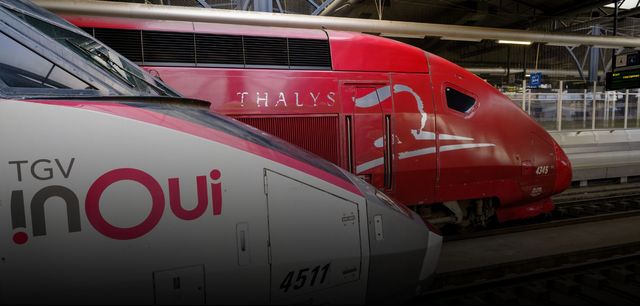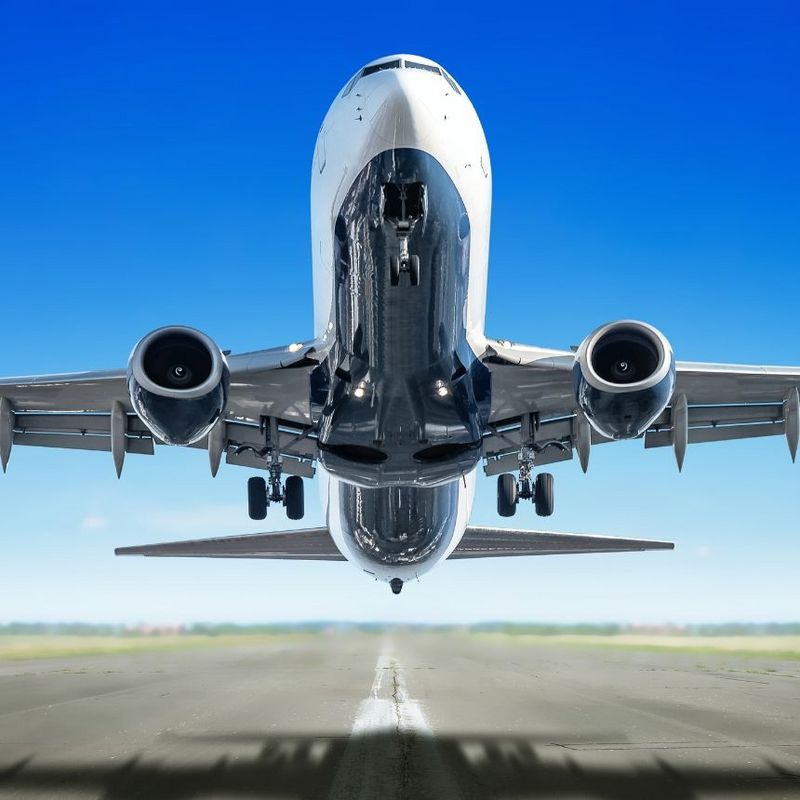17. August 2023
Driving around the EU in a car is a simple matter. For rail traffic, on the other hand, crossing international borders is much more complicated. Different track gauges, voltages, signalling and train control systems are some of the major hurdles that have to be overcome when a train travels to a neighbouring country. The trains have to contribute a fair bit themselves, and train drivers also have to be proficient in other systems and languages.
With example routes including Niebüll to Tønder, Trier to Luxembourg and Saarbrücken to Sarreguemines, it’s possible in some places to leave Germany for a neighbouring country simply by taking a local train. The Thalys takes you even faster and further from France to Germany and back again. In the case of single-track connections such as the one between Germany and Denmark, the peculiarities of the respective rail systems are not particularly significant. But as soon as you graduate to double-track lines, one crucial question arises: Do you drive on the left or the right? Whereas, on the roads, driving on the right is the rule and driving on the left the exception – and, most importantly, the regulations are standard within every country – the situation on the railways is different. In Germany, Denmark, Spain and the Netherlands, for example, trains drive on the right, while in France, Sweden, Belgium and Italy they drive on the left. In some countries, it even depends on the route: In Austria, Poland and Greece, for example, trains sometimes keep to the left and sometimes to the right. In cross-border traffic, therefore, it is preferable to use locomotives in which the instruments in the driver’s cab are not arranged to one side, but in the middle. This means that train drivers sit in the middle of the cab and have a good view of all the route signals – regardless of whether they are driving on the right, as in Germany, or on the left, as in France.
Lost in translation?
However, just having a clear view of the signals is not enough: The train drivers must also be able to read them. Whereas the 1968 Vienna Convention on Road Signs stipulates that road traffic signs should be as uniform and comprehensible as possible internationally, there is no such regulation in the case of rail transport. Even within Germany, different signalling systems are sometimes used; and this is all the more the case on cross-border routes. German train drivers who want to travel to France by rail must therefore complete a six-month additional training course to familiarise themselves with the peculiarities of francophone rail operations.
In general, train drivers also have to rise to linguistic challenges. In air transport, it’s quite simple: You can always communicate in English. In rail transport, on the other hand, communication takes place in the national language of the country you happen to be in. Train drivers must be able to communicate in both routine operations and difficult or even critical situations and to follow radio traffic without any problems. To obtain a driving licence for the country concerned, they therefore have to demonstrate language skills at level B1 – the level that must also be mastered in Germany for naturalisation.
© Ulrich Baumgarten Picture AllianceWhile on the road right-hand traffic is the rule and left-hand traffic the exception and, above all, there is a uniform regulation in every country, things are different on the railways. Train drivers are also challenged linguistically - in train traffic, communication is in the respective national language.
Voltages in Europe
Flexibility and “translation competence” are also required for rail vehicles for cross-border traffic. Trains are supplied with different voltages in Germany, Belgium, France and the Netherlands. The Thalys, which travels through all these countries, must therefore be able to draw the energy for its drive system from all these different systems. As what is known as a four-system vehicle, it can cope with every traction power system in Europe – with the exception of southern England, where it is not on the timetable anyway.
But just because a train can use the different voltage systems does not mean that it is actually allowed to travel across borders. This is because it must also be designed for the train control system in the host country. And there are no fewer than 20 of these in Europe: a patchwork of different systems that are not compatible with each other.
ETCS for uniformity
And yet, a prospect of a way out of the Babylonian confusion of different train control systems is now being offered courtesy of the European Train Control System, or ETCS for short. This was developed to create a uniform European train control and safety system, thereby facilitating cross-border traffic. Another advantage is that, thanks to the technology, trains can run on the same route at short intervals. This means that more trains and, thus, more passengers can travel on one route at the same time. However, the plan in Germany is for the existing train control systems only to be replaced in the long term and only on the supra-regional routes. In any case, the expansion in Germany is making only halting progress: according to Deutsche Bahn, a total of 610 network kilometres will have been equipped with ETCS by the end of this year. The original plan was for a good 2,700 kilometres to have been added by this point.
The networks in Luxembourg, on the other hand, have already been almost completely converted to ETCS. This also applies to the standard gauge network in Switzerland, which accounts for almost 80 percent of the rail network in the Swiss Confederation. Belgium, Denmark, the Netherlands and Israel have already decided to equip their existing networks with ETCS across the board.
Until ETCS has actually become widely accepted, manufacturers and rail operators will still have to rely on trains that can cope with the different systems for their cross-border traffic needs. And for the time being, train drivers will have to continue to learn country-specific rules and signals.




